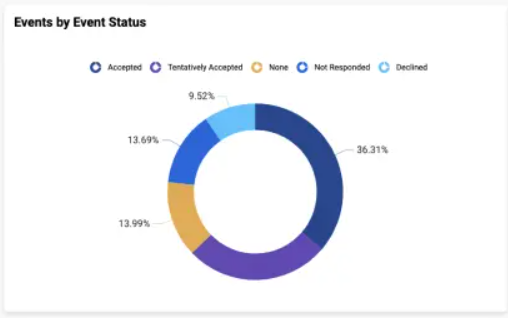QR Based Event Entry
Host Smart. Scan Easy.
Start FREE. Track Everything.
QR code–based event entry made effortless, with real time tracking, simply scan
with your smartphone - no additional devices needed.
 Effortless QR Check In Simply scan via any phone
Effortless QR Check In Simply scan via any phone 50 Free QR Credits No credit card required, instant access
50 Free QR Credits No credit card required, instant access Live Analytics Dashboard See attendee count, gender, dietary stats
Live Analytics Dashboard See attendee count, gender, dietary stats

How It Works
Create Your Admin Account
- Sign up instantly
- Receive free 50 QR credits
- Start configuring your first event
Create & Share Your Event
- Input event details
- Generate a custom QR link
- Distribute via WhatsApp, email, social media to your event audiences
Validate Entries via Mobile
- Volunteers scan QR codes using smartphones
- Entries auto logged and verified securely
Live Dashboard Insights
150
Attendees Inside
60/90
Male / Female
85/65
Veg / Non-Veg

Real-time visibility

Data driven
decision making

Why EventQ?
Free to start - no credit card required
No hardware dependency - just smartphones
QR-based secure entry
Real-time analytics and
live reports
Our Pricing
If your preferred payment method is not available, please write to us at
events@iisindia.net or call us directly at
+91-9311102337.
Our team will be happy to assist you with
alternative payment options or custom solutions.
Case Study
Anadee Digital Solutions' event registration portal played a pivotal role in the success of Scindia School's 125th annual year celebration, especially with the esteemed presence of Mr. Narendra Modi. It demonstrated the capability to efficiently manage registrations, enhance security, and maintain accurate records, ensuring a seamless and secure event.
This case study showcases the effectiveness of digital solutions in addressing complex challenges in event management, even in high-profile and sensitive contexts.


